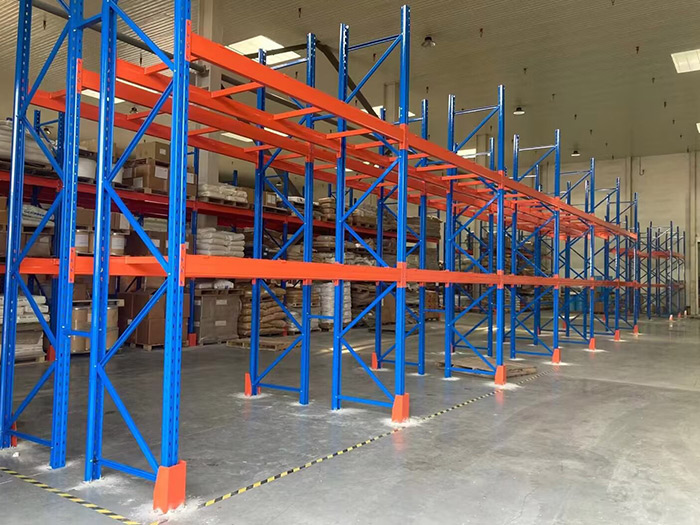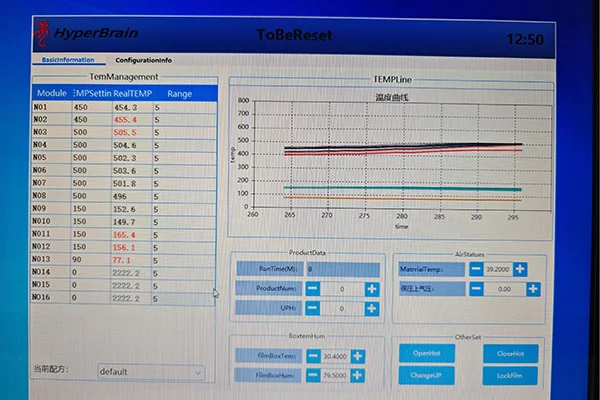Custom-Made vs Handmade: Unraveling the Intricacies of Craftsmanship

In the realm of craftsmanship, the terms custom-made and handmade are often used interchangeably. However, while they may seem synonymous, they represent two distinct concepts in the world of production and manufacturing. This article aims to delve into the nuances of these terms, shedding light on their differences and similarities, and their implications in various industries.
Custom-made refers to items specifically tailored to meet the unique requirements or preferences of an individual customer. This could range from a bespoke suit, a personalized piece of jewelry, to a custom-built home. The process involves a high degree of interaction between the customer and the maker, ensuring that the final product aligns with the customer's specifications. The production process can involve both hand and machine work, depending on the nature of the product and the industry.
On the other hand, handmade signifies that a product has been crafted predominantly by hand, without the use of automated machinery or mass-production techniques. The emphasis here is on the method of production rather than the customization aspect. Handmade items can be generic or customized, but the defining factor is the manual labor and skill involved in their creation.
The intersection of custom-made and handmade often occurs in industries that value artisanal skill and personalization, such as fashion, furniture, and jewelry. A handmade, custom-made piece represents the pinnacle of craftsmanship, combining the personal touch of a product tailored to individual preferences with the artisanal quality of hand-craftsmanship.
However, it's crucial to note that not all custom-made items are handmade, and vice versa. A custom-made product could be produced using industrial machinery, while a handmade item could be a generic product made in small batches. The key lies in understanding the customer's needs and the value proposition of the product.
In terms of pricing, both custom-made and handmade items tend to command a higher price point due to the time, skill, and resources involved. However, the perceived value can vary significantly depending on the buyer's appreciation for customization, artisanal work, and the story behind the product.
In the digital age, the demand for both custom-made and handmade items has seen a resurgence. Consumers are increasingly seeking unique, personalized products and experiences, and are willing to pay a premium for goods that reflect their individuality and values.
In conclusion, while custom-made and handmade may share some common ground, they are not the same. Each carries its own set of values, processes, and implications for both the maker and the consumer. Understanding these differences is crucial for businesses and consumers alike, as it allows for informed decision-making and appreciation of the craftsmanship involved.





